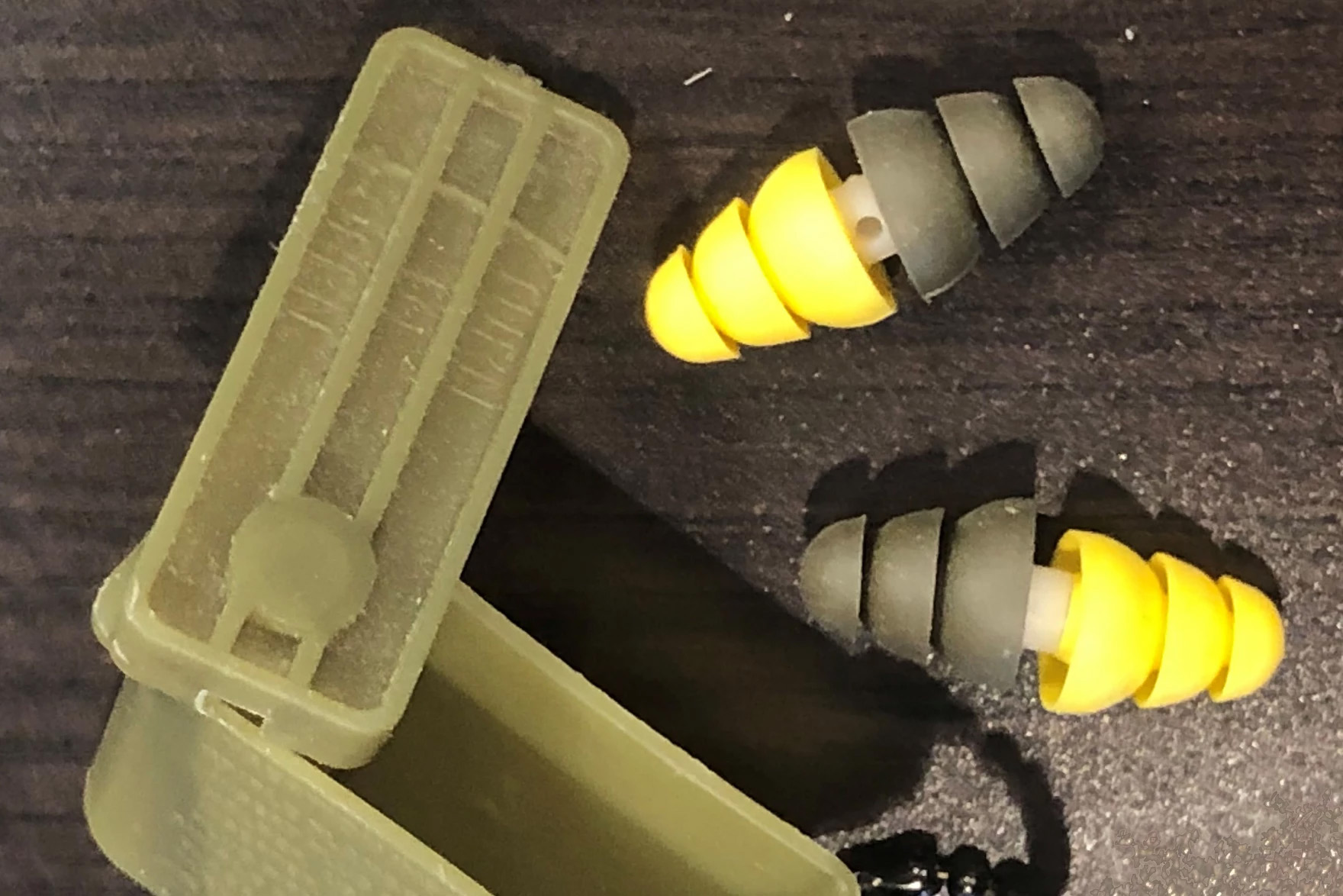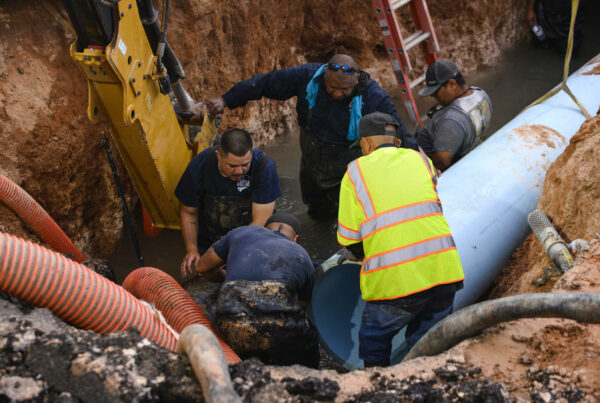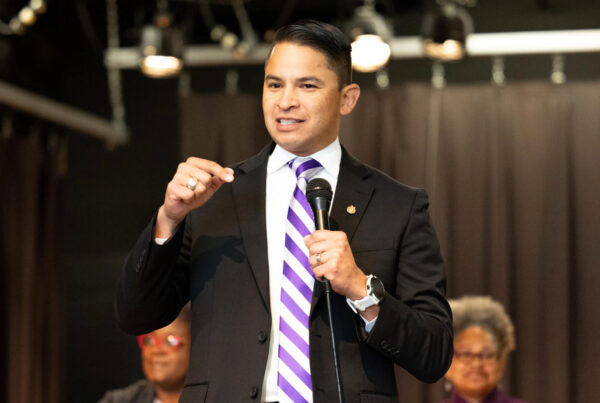3M Company has agreed to pay $6 billion to veterans and service members who say their hearing was damaged while they used earplugs made by a subsidiary of the manufacturing giant.
The move could end one of the largest mass torts in history.
About 250,000 people have filed suits alleging the earplugs, used by the military from 2003 to 2015, led to hearing loss and tinnitus — a persistent ringing or buzzing sound.
One of the plaintiffs is James Parsons, a retired Army Special Forces master sergeant who lives in Sanford, N.C. He fought for nearly three years in Afghanistan, spread over multiple deployments, and said he wore the Combat Arms earplugs in combat.
Parsons — who wears hearing aids now — said he’s been diagnosed with moderate-to-severe hearing loss, and his tinnitus means there’s no such thing as a quiet room.
“The only way I could ever describe it to anybody is actually take a TV and turn the volume up until it matches my tinnitus, and people are like ‘Oh my God, that’s what you hear?’” he said.
At that point, the volume is turned nearly all the way up.
He said his hearing loss is a constant issue on and off his job with a contractor that helps the Army evaluate Special Forces candidates.
“It really makes being social really, really awkward, to include at work,” he said. “It’s frustrating. And there’s times you’re actually going to misinterpret what someone’s saying,” he said. “And they’re either getting upset or angry or vice versa.”
3M acquired the subsidiary that made the plugs, Aearo Technologies Inc., in 2008, years after Aearo began selling them.
Inserted in one direction, the plugs work like typical rubber earplugs. But when inserted in the other direction, they were designed to let normal sounds like conversation and commands through, but blunt the force of loud noises, like gunfire and explosions.
The current lawsuits began after 3M paid $9.1 million in 2018 to settle an earlier whistleblower suit. That suit claimed the company’s subsidiary knew the earplugs were faulty. 3M didn’t admit liability in that settlement, and it’s not doing so now, either.
“When used properly, the products are safe and effective for their intended purpose,” said 3M Chief Legal Affairs Officer Kevin Rhodes in a conference call with investors. He called the settlement agreement “an important step forward for the company.”
It’s the second major settlement 3M has reached this year as it tries to end uncertainty over its future liabilities. In June, it agreed to a $10.3 billion deal with municipalities across the country to settle claims of contamination in drinking water by the so-called “forever chemicals” that are commonly called PFAS.
Hearing problems had been one of the most common health issues for veterans well before the Combat Arms earplugs. In 2019, the VA said about a million veterans were getting disability payments for service-related hearing loss, and over 1.7 million were getting disability for tinnitus.
The deal still faces hurdles. A big one is that 98 percent of the claimants must agree to participate, or 3M can back out.
But plaintiffs attorney Christopher Seeger, a co-lead counsel in the case who helped negotiate the deal, said he’s confident that enough plaintiffs will be satisfied with the settlement and want to avoid a lengthy individual court fight.
“Justice doesn’t always look perfect, but you can’t let perfect get in the way of really good,” Seeger said. “This was a really good result to get some compensation and get some people taken care of. Quickly.”
He said it would likely take “several lifetimes” for so many cases to be tried individually, and he said 3M may have been forced out of business well before most were settled.
Seeger said the plan is to organize settlements into three broad categories, including an accelerated process for those who have modest issues, don’t want to go through a lengthy evaluation process, and are willing to accept smaller payments.
He said those payments could be “as high as the mid-20,000s.”
Those who have suffered serious harm could get substantially more. They would have to go through a longer process for perhaps four or five years, but in some cases could qualify for partial payments while they wait.
Plaintiff James Parsons, though, said the money really isn’t the point.
“For me, it’s about accountability,” he said.
As an Army senior non-commissioned officer, Parsons’ job had been looking out for his troops, he said. So he felt obligated to send a message that suppliers shouldn’t sell the military defective safety equipment.
He worked with another law firm that led the negotiations with 3M – Aylstock, Witkin, Kreis, & Overholtz – and said he did whatever they needed to help move the case forward, such as sitting for depositions.
Another plaintiff, South Florida Navy veteran Sandra Burbano, said she also had hoped for accountability.
“I wanted more direct impact, in the sense that whomever was responsible to actually do some jail time,” she said. “But in reality I knew it wouldn’t happen.”
Burbano works in IT, dealing with clients on the phone. She said she has hearing aids from the VA, but her hearing loss is still a constant problem. And there’s no operation and no amount of money, she said, that can fix that.
I wish I can say well, you know, with this money, I can have a surgery,” she said. “There’s no surgery, there’s nothing. I have to deal with this the rest of my eternity.”
This story was produced by the American Homefront Project, a public media collaboration that reports on American military life and veterans.















